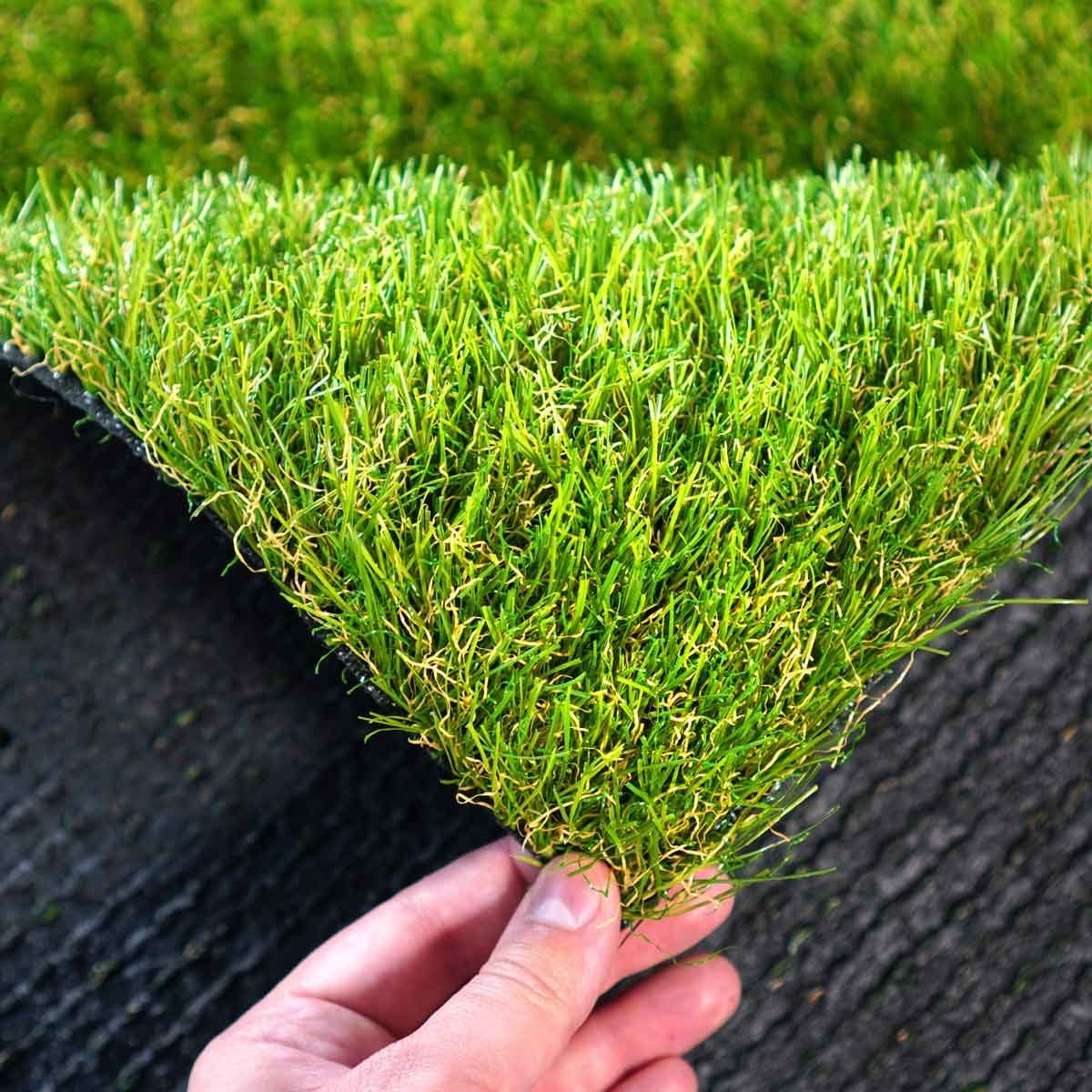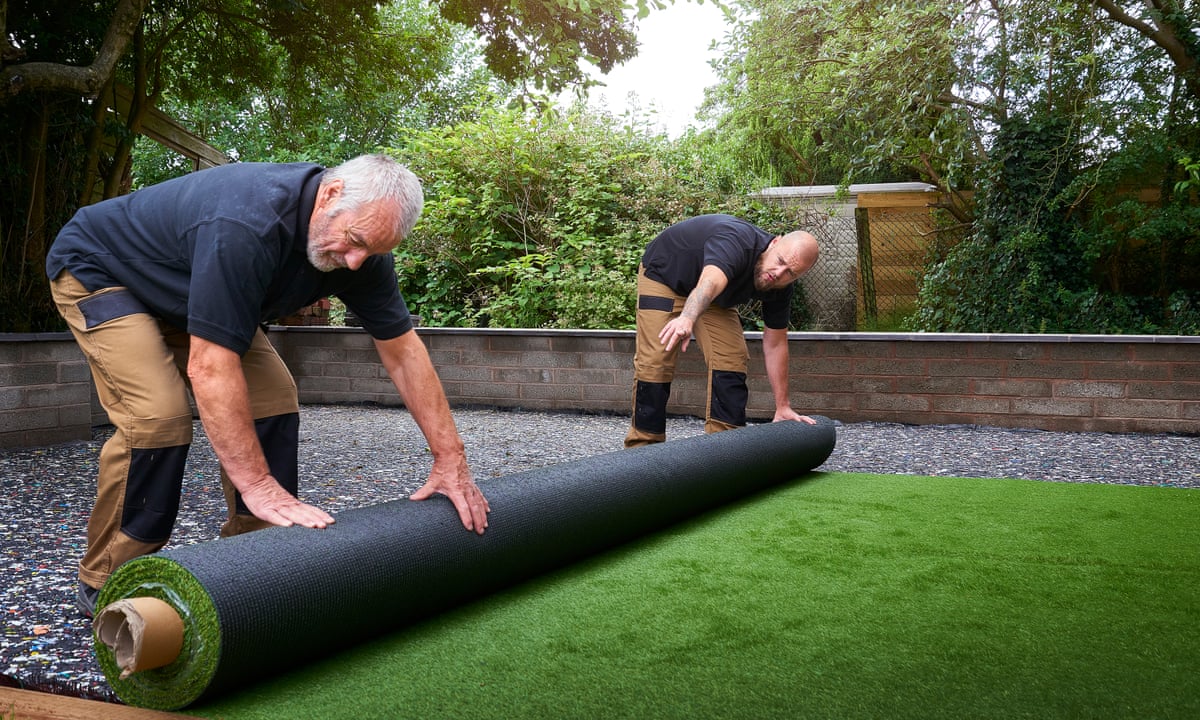Leading Phoenix Turf Companies Delivering High-End Synthetic Lawn Products
Leading Phoenix Turf Companies Delivering High-End Synthetic Lawn Products
Blog Article
Explore the Environmental Conveniences of Opting for Artificial Lawn Solutions
The fostering of fabricated grass solutions provides an engaging opportunity to attend to pushing environmental challenges. By significantly minimizing water use and minimizing the application of unsafe chemicals, these options not just advertise sustainable landscaping but likewise secure regional communities.
Water Preservation Conveniences
One of the most significant advantages of synthetic grass is its ability to preserve water. In comparison, synthetic lawn does not require watering, significantly decreasing the overall need for water sources.
By getting rid of the requirement for normal watering, synthetic grass adds to sustainable landscape methods and aids reduce the environmental influence of excessive water usage. The conservation of water expands to the decrease of runoff, which can lead to dirt erosion and river air pollution.
Additionally, the installment of fabricated lawn allows towns and home owners to assign water sources a lot more efficiently, concentrating on important uses such as alcohol consumption water and agriculture. The change in the direction of synthetic grass not only promotes responsible water use but also aligns with wider environmental goals focused on preserving natural sources.
As areas progressively focus on sustainability, the water preservation benefits of synthetic grass provide an engaging instance for its adoption in commercial and property landscape design projects.
Minimized Chemical Usage
The change to synthetic lawn substantially reduces the reliance on chemical treatments commonly utilized in natural lawn upkeep. Standard lawn monitoring generally entails the application of fertilizers, herbicides, and chemicals to promote growth and control pests. These chemicals can posture risks to human wellness, local wild animals, and the atmosphere, adding to dirt and water contamination.
In comparison, man-made turf eliminates the demand for these harmful compounds. When installed, it calls for marginal upkeep, mainly containing routine cleaning and irregular infill replenishment. This decrease in chemical usage not only benefits the immediate environment however additionally adds to broader ecological security. By lessening the release of artificial compounds right into the ecological community, synthetic grass advertises much healthier dirt and water systems.
Furthermore, the absence of chemical drainage connected with synthetic grass installments assists protect local waterways from air pollution, sustaining marine life and keeping biodiversity. Arizona turf. As areas significantly prioritize sustainable techniques, going with synthetic grass provides a sensible service that straightens with environmental preservation objectives. Through this shift, homeowner can take pleasure in rich eco-friendly rooms without compromising ecological health and wellness, leading the means for a more sustainable future
Lower Carbon Footprint

In addition, the installment of synthetic grass can lead to significant water conservation. Natural grass need considerable amounts of water for watering, which not only includes in the carbon footprint related to water removal and treatment yet additionally pressures regional water sources. On the other hand, synthetic grass requires minimal maintenance, requiring no watering, thereby considerably lowering water usage and its associated power expenses.
In addition, the long life of artificial lawn adds to its lower carbon impact. With a life expectancy of as much as 15 years or more, the requirement for constant substitutes is diminished, resulting in much less waste and lower energy intake in manufacturing and throwing away conventional lawn choices. In general, fabricated grass provides a sustainable alternative for ecologically aware landscape design.
Habitat Preservation
Environment conservation is an essential factor to consider in the dispute over landscaping options, particularly when comparing man-made turf to natural yard. All-natural yard lawns commonly call for substantial upkeep, consisting of making use of herbicides, plant foods, and pesticides, which can negatively affect regional ecological communities. These chemicals can seep right into the soil and waterways, harming indigenous vegetation and fauna and interfering with neighborhood environments.
Synthetic turf removes the requirement for unsafe chemicals, therefore shielding close-by wildlife and preserving the stability of surrounding ecological communities. browse around these guys The installment of artificial turf can lead to the conversion of former turf areas into more biodiverse landscapes, such as pollinator gardens or native plant locations, which can support local wild animals.
Inevitably, the transition to synthetic grass not just saves water and minimizes maintenance initiatives however likewise promotes a more harmonious relationship in between human tasks and the native environment, advertising environment preservation in the process.
Long-Term Sustainability
Long-lasting sustainability is a crucial consider reviewing the advantages of synthetic grass over standard turf yards. Among the most significant advantages of man-made grass is its resilience; it can last up to 15-20 years with marginal maintenance, whereas all-natural grass calls for regular reseeding and replacement. This long life reduces the need for consistent resources, such as water, plant foods, and pesticides, which are necessary for preserving a healthy turf yard.
Furthermore, synthetic lawn contributes to a decrease in carbon discharges connected with yard care devices. Traditional yards usually require gas-powered lawn mowers, leaners, and blowers, every one of which contribute to air contamination. Arizona artificial turf. On the other hand, synthetic turf gets rid of the demand for such equipment, promoting a cleaner setting
Furthermore, the manufacturing of synthetic grass increasingly makes use of recycled materials, improving its sustainability account. As suppliers adopt eco-friendly practices, the environmental footprint of man-made lawn remains to diminish.

Verdict
The fostering of synthetic grass services provides considerable environmental advantages, including considerable water preservation, lowered dependence on damaging chemicals, and a lower carbon impact. Man-made grass aids in preserving natural environments by minimizing land disturbance and advertising long-lasting sustainability with the usage of durable products. Jointly, these navigate to these guys elements underscore the potential of synthetic grass to add favorably to environmental health and wellness and use a feasible option to traditional landscape design techniques in an increasingly resource-conscious globe.
In contrast, fabricated grass does not need watering, considerably reducing the total demand for water resources. By reducing Find Out More the launch of artificial compounds into the community, fabricated turf promotes much healthier soil and water systems.
In addition, the setup of artificial lawn can result in considerable water conservation. In comparison, artificial lawn needs marginal maintenance, calling for no watering, thus considerably reducing water usage and its linked energy expenses.

Report this page